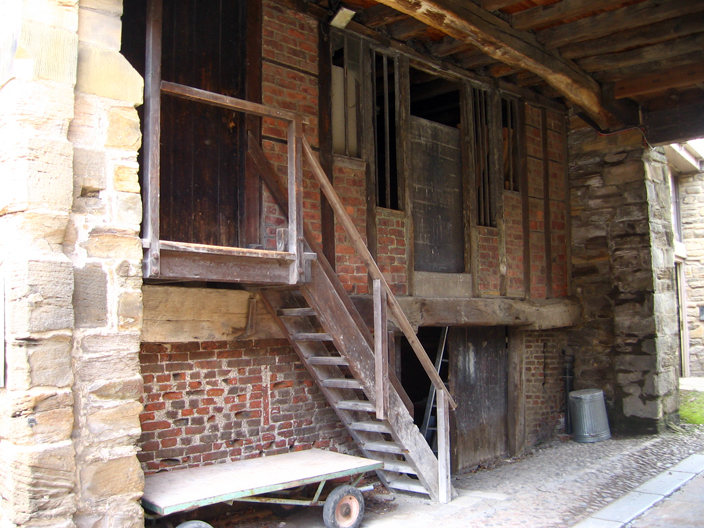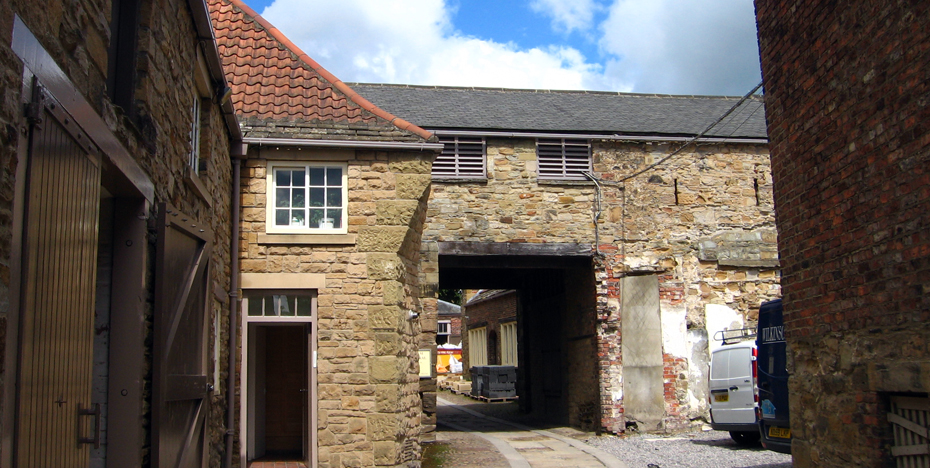The survival of utilitarian medieval buildings in the Durham Cathedral precinct is fortunate, as these are the buildings that are often the first to disappear or be modified beyond recognition.
At least two identifiable buildings survive: the timber loft; and the brewhouse, with its large chimney stack, brick-lined vat, and original flag stone paving.
The Brewhouse: why was it so important?
Brewhouses were important because ale (a drink similar to beer, except that it does not contain hops) was the standard drink in medieval times, not water.
This is because water could often be contaminated – with cholera and typhoid, for example. Ale was a safer option as the brewing process included boiling the water used to make it. Boiling killed the bacteria in the water.
Although the scientific reason that ale was safer than water was not known in medieval times, the fact that it was safer was widely known.
Monasteries, which tended to be self-sufficient, had their own brewhouses. Surplus ale would be sold and formed a source of income for the monastery.

The College timber loft, a reminder that cathedral priories needed to think of mundane issues like heating and storage as well.

